Eight tips to prepare your trucks for winter
Like it or not, winter is coming. You know the drill: falling temperatures, snow, and ice hitting large swaths of North America, presenting challenges for trucks and fleets. Now is the time to prepare. With harsh weather looming, this installment of the Bendix Tech Tips Series serves up eight pieces of advice for wheel-ends, air
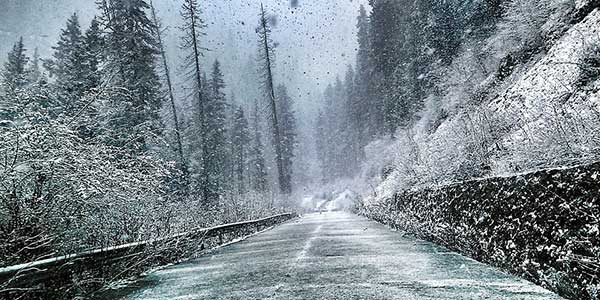
Tech Tip: How often is lift maintenance needed?
Even the most rugged, low-maintenance lifts need attention from time to time. Give your lift a once-over every day before you use it, check the safety devices, operating controls, lift arms and all moving parts to make sure everything is functioning properly. Look for breakage, excessive wear or other conditions that may affect its performance.
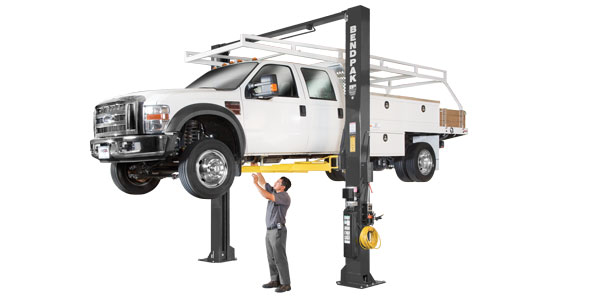
Tech Tip: Be your own cable guy
When was the last time you checked the cables on your shop’s lifts? If you answered “today,” good for you! Cables are one of the things you should check before using your lift every day. In this article, we’ll explore how to maintain your lift cables or “wire ropes,” how to look for damage, and
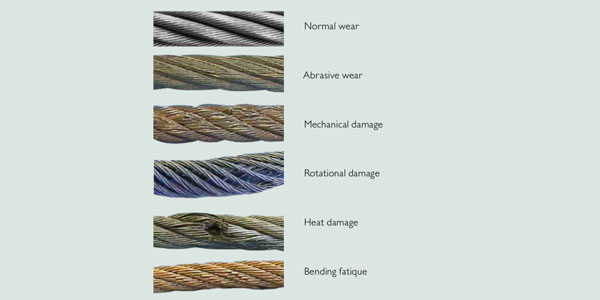
Tech Tip: Troubleshooting your two-post lift
Your lift is critical to the operation and profitability of your business. If it stops working correctly, it’s costing you money. Let’s take a look at how to troubleshoot some common issues and get your lift back to work. Remember to check your owner’s manual for details about your specific lift. Lift won’t raise If
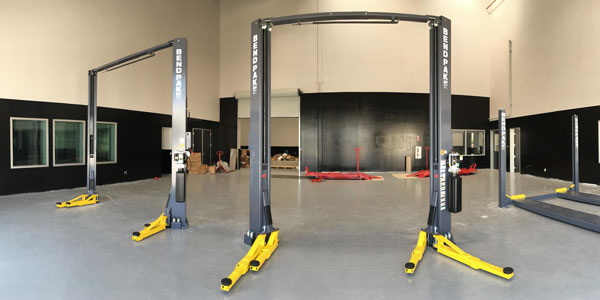
Tech Tip: Ten tips for daily brake lathe maintenance
Like any equipment, your brake lathes need regular care and maintenance to operate at peak efficiency. Keep your brake lathe running smoothly by following these 10 daily tips. Important: Before making any inspection, adjustment or repair, disconnect the power source and lock out all moving parts to prevent injury. Always wear protective clothing and eye

Tech Tip: Eight steps for proper transmission jack maintenance
Installing a new transmission or removing the old one can be a challenge without a properly working transmission jack. These powerful, multitask lifting systems are essential in most repair shops. However, transmission jacks can only do their jobs if they are properly maintained, regularly inspected for damage and used correctly. Here are eight tips for
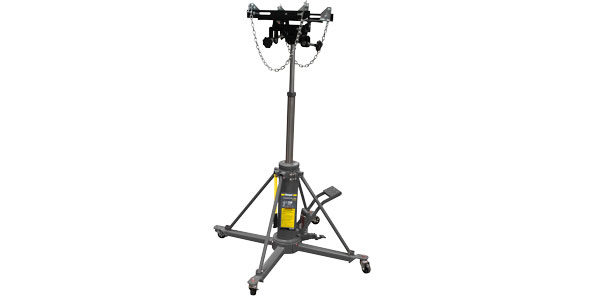
The ABCs of winter trucking prep: Controls
In the ongoing “ABCs of winter trucking prep” series of tech tips from Bendix, the “C” is for controls. “Driver assistance technologies, such as stability and collision mitigation systems, may be called upon more often in wintry road conditions, while tire pressure monitoring systems are valuable in keeping proper inflation during temperature swings,” said TJ

The ABCs of winter trucking prep: Brakes
In the ongoing “ABCs of winter trucking prep” series of tech tips from Bendix, the “B” is for brakes. “At the wheel ends, the onset of winter weather means paying extra attention to brake components,” said Mark Holley, director of marketing and customer solutions—wheel-end. “During pre-trip walk-arounds, drivers should look at the air brake chamber
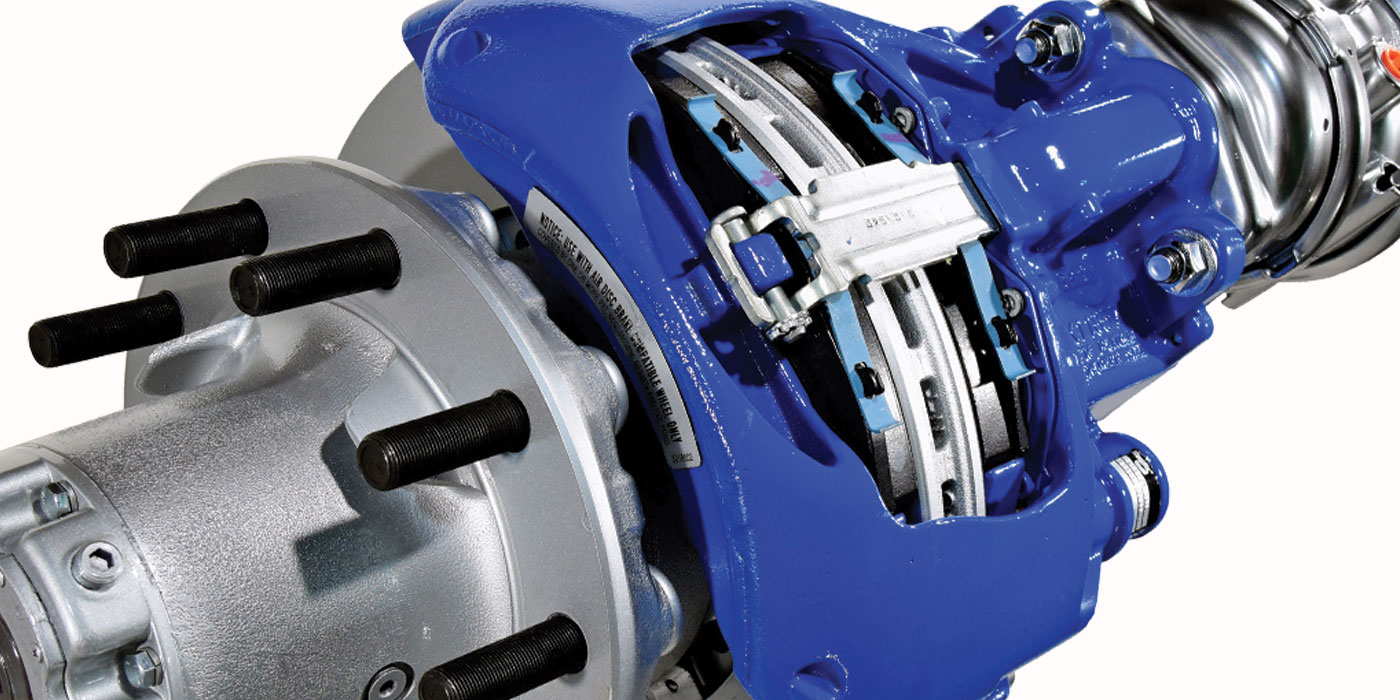
The ABCs of winter trucking prep: Air systems
Freezing temperatures; snow and ice in the air and on the ground; corrosive road treatments: Winter throws a lot at truck drivers and their vehicles. With an eye on keeping trucks in good operating condition in cold and nasty weather, this installment of the Bendix Tech Tips series provides reminders on taking proper care of
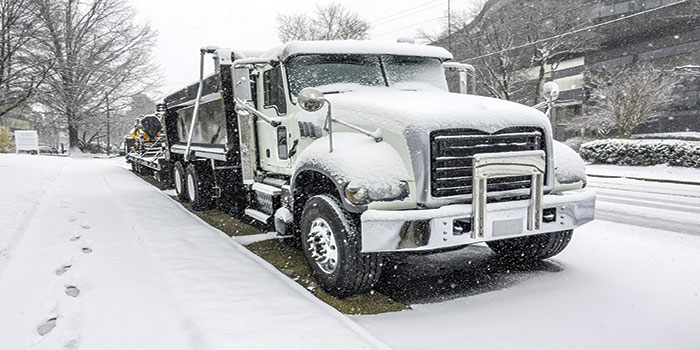
Tech Tips: Five tips to keep your floor jacks from getting jacked up
Most well-made floor jacks will have a long service life in the shop if they are properly maintained. Like all equipment, floor jacks should be inspected regularly for damage and kept clean. The owner’s manual is the best source for specific recommendations on lubrication, when to change the hydraulic fluid and other maintenance requirements. The
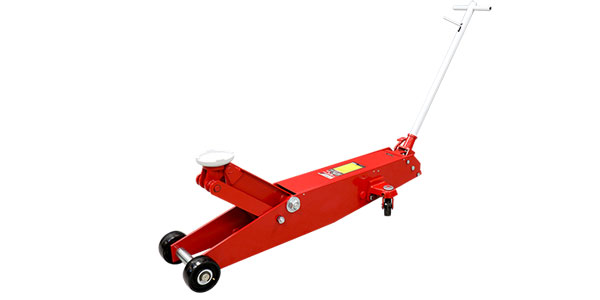
Tech Tip: Is your stowage doing more damage than good?
With winter upon us, wet weather and de-ices are more prevalent than ever, which is the perfect storm (no pun intended) for corrosion build-up on a vehicle. While the electrical connections of a plug and socket union are a primary location for corrosion build-up, there is another place that could be doing more damage to

Tech Tip: Avoid cracks in air line adapter fittings
The image below shows a crack in the swivel nut of a JIC-style air line fitting. However, these cracks are not due to a defect in the manufacturer’s build but rather missteps made during the install process. These cracks can result from over-tightening trying to obtain a complete seal if an air leak is detected.

